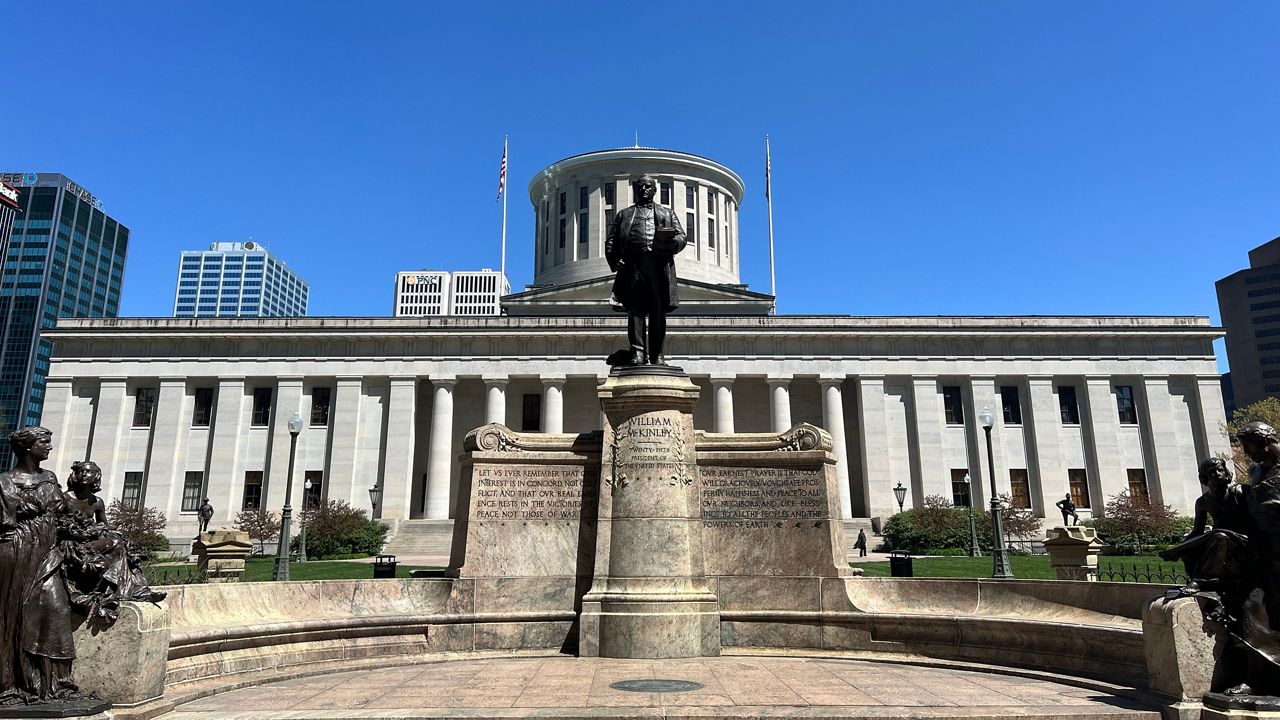CLEVELAND — There are more than 45,000 people incarcerated across the state, with about 18,000 returning home to Ohio communities every year, according to the Ohio Department of Rehabilitation and Corrections (ODRC).
But adjusting from the prison system to civilian life is no small feat. ODRC also reports that nearly one-third of those released from prison in Ohio are re-arrested within three years.
Cuyahoga County’s Office of Reentry is working to raise awareness for the challenges those leaving the criminal justice system face in April through Reentry Awareness month.
“It’s our opportunity to really raise the awareness about what people are experiencing that come out from incarceration,” said Simeon Best, director at the county’s office of reentry. “So, celebrating their successes but also understanding the barriers that they face on a day-to-day basis.”
One of their reentry month events is a simulation that mimics the experience of adjusting back to civilian life, put on with the support of the Center for Employment Opportunities, Lutheran Metropolitan Ministries and Reach Success.
The simulation is designed to give those who haven’t experienced incarceration a better understanding of the barriers people leaving the criminal justice system face when they return home.
Every 15 minutes in the simulation counts as a week in the real world. In that time, participants must use what resources are available to meet all their probation requirements and find secure housing and employment.
Failure to do so means they could end up in a shelter, halfway house, or even back in jail.
Laurel Domanski Diaz, the County Executive’s Justice and Health Equity Officer, was one participant in the experience. She is helping with the plan to build a new county jail and said she is taking what she learned in the simulation to help guide that process.
“As we work on programing in the current jail, but also thinking about the future, that the piece around reentry and making sure that people have the resources that they need as they’re leaving the jail, are there,” Domanski Diaz said. “And that we can work as hard as we can to give people successful launch back into the community.”
Best said they designed the program based on the issues they hear most often from the community members they serve, like trouble getting forms of ID, finding a job and securing stable housing.
“They have to walk through all that and be successful,” Best said. “And if you don’t have transportation, how do you do that? How do you do these things if you don’t have your ID? It shows even the difficulty that they might experience at the BMV. Maybe there’s only one staff person. Maybe it takes a minute for things to happen, and so all the barriers and the difficulties that people experience on a day-to-day basis, this is what they’re living through now.”
Dale Snyder, who took the role of the “employer” in the simulation, has experienced what it’s like to adjust to the outside world after serving time.
He’s now dedicated to increasing awareness about the need for better re-entry resources and says this simulation did a good job of conveying the experience.
“I thought it was very, very accurate,” Snyder said. “And I thought the responses of those who have never been incarcerated and never was a returning citizen, they had a genuine response of understanding a what it’s like to be in those shoes.”
On April 12th, the county is holding a community expungement clinic from 10 a.m. to 1 p.m. at the Cuyahoga Community College’s Eastern Campus Mandel Theatre.
Legal professionals from the Cuyahoga County Public Defender’s Office, Cleveland State University’s pardon, clemency and reentry clinic, Case Western Reserve University’s second chance reentry clinic and the Cuyahoga Community Law Department will be onsite to provide free legal advice and assistance with the application process.







)




